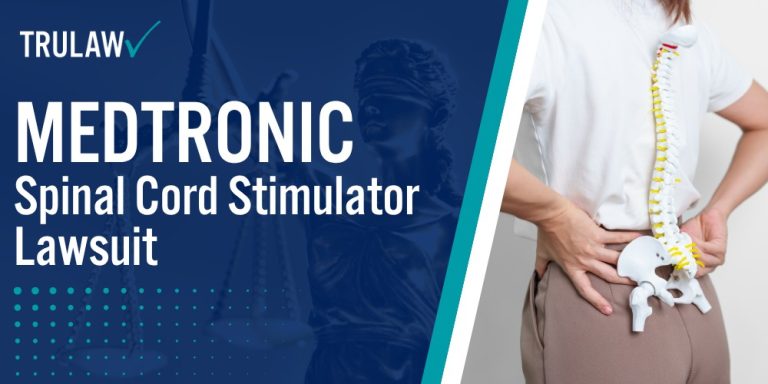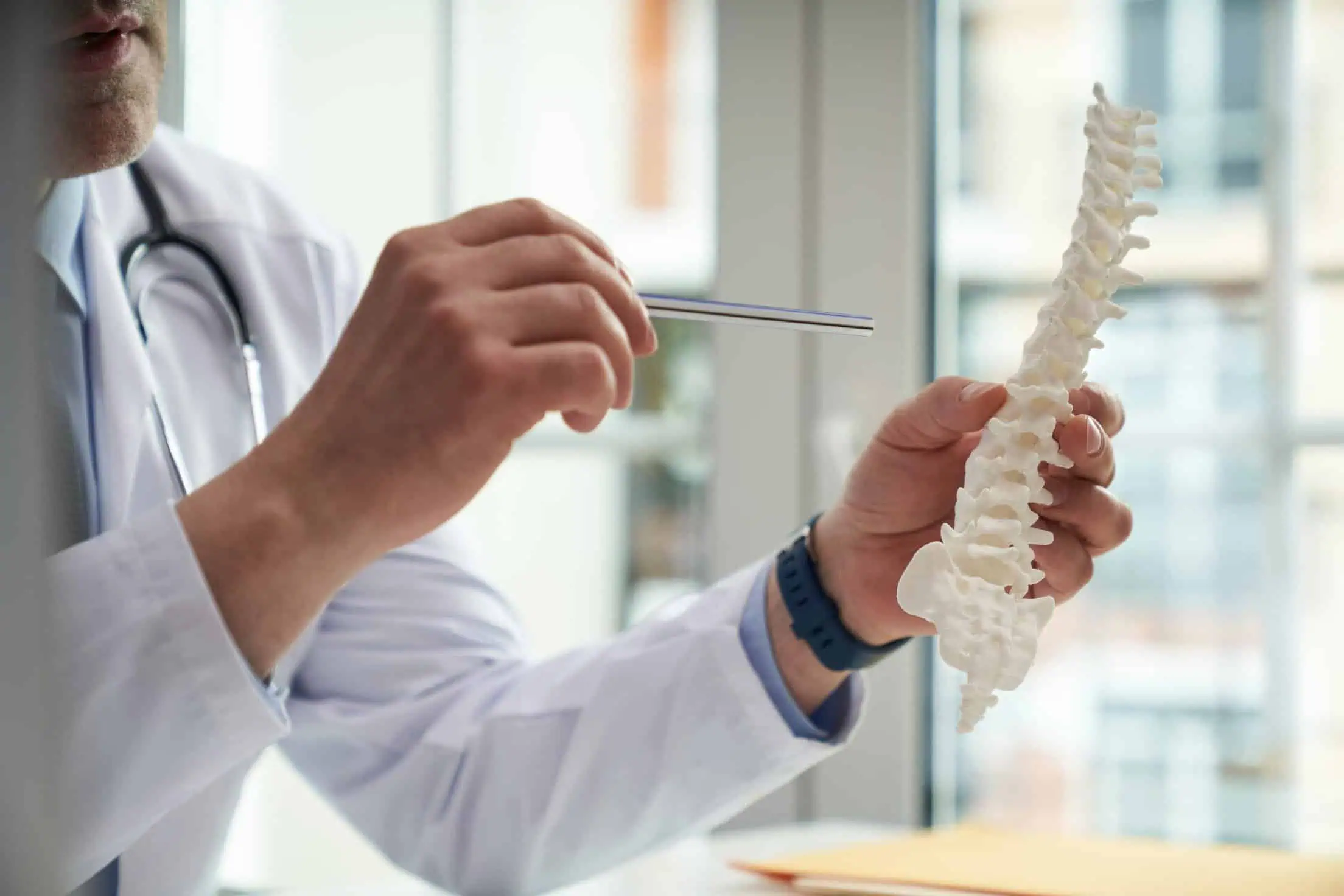Medtronic’s spinal cord stimulators represent Class III medical devices designed to manage chronic intractable pain through electrical signals and neuromodulation technology.
These implantable systems work by delivering controlled electrical pulses to the spinal cord, theoretically interrupting pain signals before they reach the brain.
Since receiving initial FDA approval in 1984 for the Itrel II system, Medtronic has marketed various models including the Intellis, RestoreSensor, and PrimeAdvanced systems for treating conditions like chronic back pain, failed back surgery syndrome, regional pain syndrome, and diabetic neuropathy.
Evolution of Medtronic’s Spinal Cord Stimulator Technology
Medtronic pioneered fully implantable spinal cord stimulation technology as a permanent implant solution when the FDA granted premarket approval for the Itrel II system on November 30, 1984.
This original P840001 approval established Medtronic as the first manufacturer to offer completely internalized spinal stimulators, eliminating the need for external power sources that earlier devices required.
Since that initial approval, Medtronic has filed more than 400 premarket approval (PMA) supplements to modify their spinal cord stimulator systems.
These modifications have encompassed numerous technical advances:
- Hardware changes to pulse generators and battery technology
- Updates to electrode leads and anchoring mechanisms
- Software and firmware revisions affecting stimulation patterns
- Alterations to stimulation waveforms and programming capabilities
- Introduction of MRI-conditional components
- Addition of accelerometer-based position sensing technology
The sheer volume of modifications raises questions about whether current Medtronic devices bear any meaningful resemblance to the originally tested and approved Itrel II system.
According to FDA records, many of these changes occurred through expedited review processes that didn’t require new clinical trials, despite fundamentally altering device functionality and patient interaction protocols.
The evolution from the basic Itrel II to modern systems like the Intellis platform represents decades of incremental changes that collectively transformed these implanted devices while maintaining the same foundational PMA approval from 1984.
If you or a loved one experienced complications after receiving a Medtronic spinal cord stimulator that was substantially modified from its original FDA-approved design, you may be entitled to compensation.
Contact TruLaw using the chat on this page to receive an instant case evaluation and determine whether you qualify to join others in filing a Medtronic Spinal Cord Stimulator Lawsuit today.
The FDA Approval Process and Supplemental Changes
The PMA supplement process allows medical device manufacturers to modify Class III devices without conducting new clinical trials, provided changes are deemed not to affect safety or effectiveness materially.
Medtronic has extensively utilized this pathway, particularly through 30-day notices and real-time review mechanisms that expedite approval for manufacturing and minor design changes.
Medtronic has leveraged the following expedited approval pathways:
- 30-Day Notices for manufacturing method changes
- Real-Time Review supplements for modifications requiring minimal FDA review
- 135-Day PMA supplements for more substantial alterations
- Special PMA supplements for labeling updates
These streamlined processes bypass traditional safety requirements that would typically demand rigorous clinical testing for new devices.
The FDA’s acceptance of these incremental modifications means that spinal cord stimulators implanted today operate on approval data from clinical trials conducted four decades ago, despite incorporating fundamentally different technologies affecting nerve signals, materials, and operational parameters.
Critics argue this regulatory framework enables manufacturers to circumvent comprehensive safety evaluations while marketing devices as “FDA-approved” based on outdated clinical evidence.
The disconnect between original approval standards and current device iterations forms a central allegation in ongoing litigation against Medtronic, with plaintiffs claiming the company exploited regulatory loopholes to avoid proper safety testing.
Patient Expectations Versus Reality
Marketing materials for spinal cord stimulators promise life-changing pain relief without medication dependency, positioning the devices as revolutionary solutions to manage chronic pain for sufferers.
However, clinical reality often diverges sharply from these promotional claims, with studies showing rates reaching 30% within several years of implantation due to inadequate pain relief or intolerable side effects.
Research on patient outcomes reveals these disappointing realities about how spinal cord stimulators work:
- Success rates varying between 47% to 74% depending on criteria used
- Up to 30% of patients report new and worsening symptoms with little to no pain improvement
- Substantial numbers experiencing ineffective pain relief requiring revision surgeries within five years
- Patient satisfaction declining substantially over time
A comprehensive review published in the National Institutes of Health database found that many patients who initially experience pain relief see benefits diminish within 12-24 months, leading to device removal even after technically successful implantation.
The discrepancy between manufacturer promises and actual outcomes particularly affects patients with complex regional pain syndrome, where long-term success rates drop below 50%.
The psychological impact of failed spinal cord stimulation extends beyond physical symptoms.
Patients invest hope, time, and resources into these devices, often viewing them as last-resort options after exhausting conservative treatments.
When stimulators fail to deliver promised relief or cause additional complications, patients face not only continued severe pain requiring physical therapy but also emotional distress from dashed expectations and potential financial hardship from additional medical procedures.
These disappointing outcomes contrast starkly with Medtronic’s marketing emphasis on improved quality of life and reduced dependence on pain medication raises questions about whether patients receive adequate informed consent regarding realistic success probabilities and potential grounds for a medical malpractice lawsuit.
If you or a loved one received a spinal cord stimulator that failed to provide promised pain relief or caused additional complications, you may have grounds for legal action.
Contact TruLaw using the chat on this page to receive an instant case evaluation and learn about joining a Spinal Cord Stimulator Lawsuit to seek the compensation you deserve.


